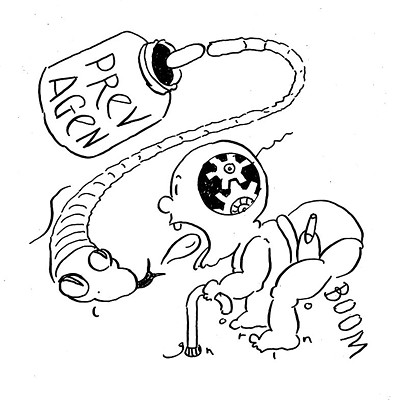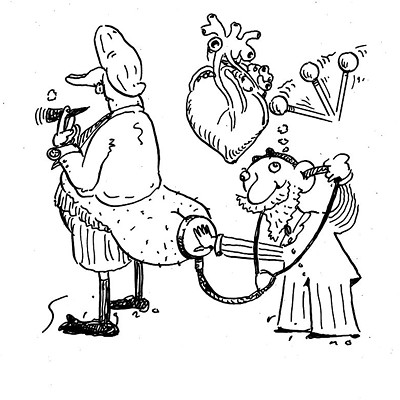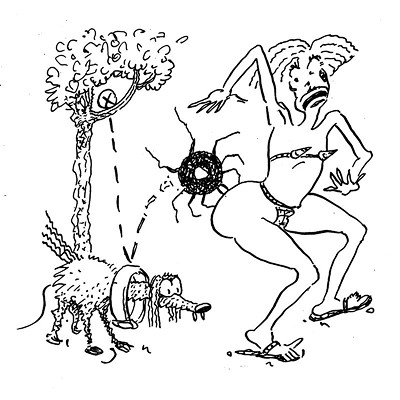I'm on a deserted island. How can I tell which plants are poisonous? Scenario: deserted island, colorful fruits and vegetation. How do I know what to eat and what to feed to my mother-in-law? Any way to differentiate between poisonous and nonpoisonous fruit? - Jermain
The traditional method, which admittedly works better on a group-project basis, is to try some. If you throw up, get convulsions, or die, it's poisonous. The scientific method, as explained in the U.S. Army Survival Manual, is to memorize local edible plants prior to getting marooned. Too late for that? The implicit message is: soldier, you're hosed. It does offer a plan B, the 13-step Universal Edibility Test. This boils down to cautiously trying whatever potential edible you have a lot of and seeing if you throw up, get convulsions, or die.
While I don't claim to be a survival expert, we can expand on the sketchy advice in the manual. Some tips:
1. First see if you can find fresh water, meat, or fish. Without water you're doomed. Fish or meat, if you can get it, is higher on the food chain than plants and provides a better nutritional mix.
2. Don't eat mushrooms or fungi. They're not all lethal but when they're bad they're bad. Consumption of Amanita phalloides may result in nausea, vomiting, diarrhea, cramping, kidney and/or liver failure, coma, and death. Thing is, it doesn't say Amanita phalloides on it. Do like the army says and memorize those edible plants.
3. Skip anything that smells like almonds. Cyanide.
4. Don't eat anything that's rotten, mildewed, growing in stagnant water, or otherwise disgusting. You'd think this would go without saying, but all the survival guides make a point of mentioning it, so I figure so should I.
5. Boil it. The army says boiling doesn't destroy all toxins. Maybe not, but it'll destroy some toxins. Nonetheless, apply the Universal Edibility Test (below) before chowing down.
6. Watch what animals eat. This is another thing the army manual thinks is a bad idea, but if an animal eats something and drops dead, that tells you something. Also, if an animal eats something without harm, it warrants further study.
7. Avoid white or yellow berries, as well as plants with beans, seeds, or milky white sap. Castor bean seeds contain the deadly toxin ricin. Purple or black berries are worth a try. Red fruit is iffy. Some are fine; many others (yew, holly, woody nightshade) not.
8. Avoid plants that look like parsley or carrots-could be hemlock. Also, remember: "leaves of three, let them be"-groups of three leaves being the sign of poison ivy, sumac, and oak.
Now we run the Universal Edibility Test on what's left. I have a hard time believing you're going to remember 13 steps, and anyone together enough to bring the manual listing them would surely also stash a copy of World's Edible Plants. So here's a simplified version:
• Find something abundant. No sense wasting time on a plant that could turn out to be both poisonous and scarce.
• Pick out one part of the plant to test-for example, just the leaves and not the roots. One may be poisonous while the other isn't. Which is more likely? No idea. Hence the test.
• Fast for eight hours, to give anything you ate earlier time to act up.
• While waiting, hold the plant against your wrist or inside elbow for 15 minutes to see if it irritates your skin.
• Touch a small amount to your lips for three minutes.
• Touch it to your tongue for 15 minutes.
• Chew but don't swallow for 15 minutes.
• Swallow. If you don't get sick after eight hours, try a quarter cup of the plant and repeat the above.
Still breathing? Good sign. Coughing blood? That's bad. Maybe next time you'll memorize those edible plants.
























